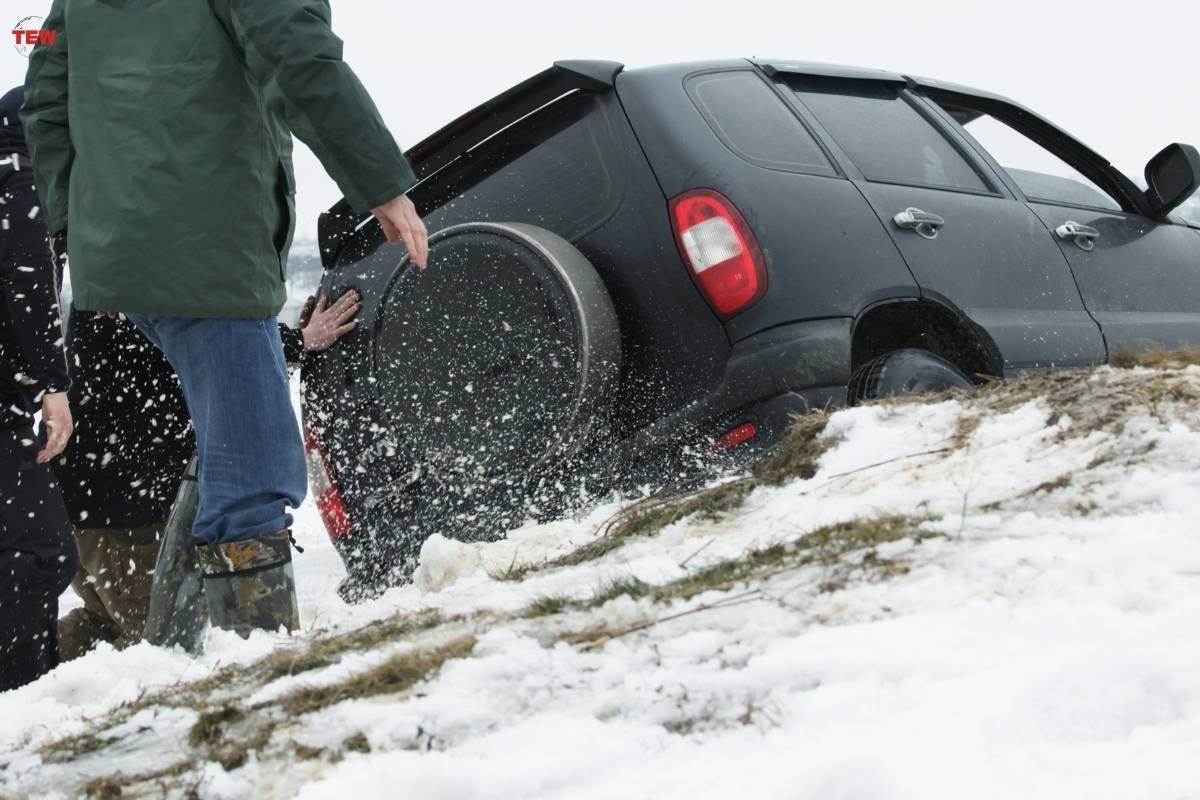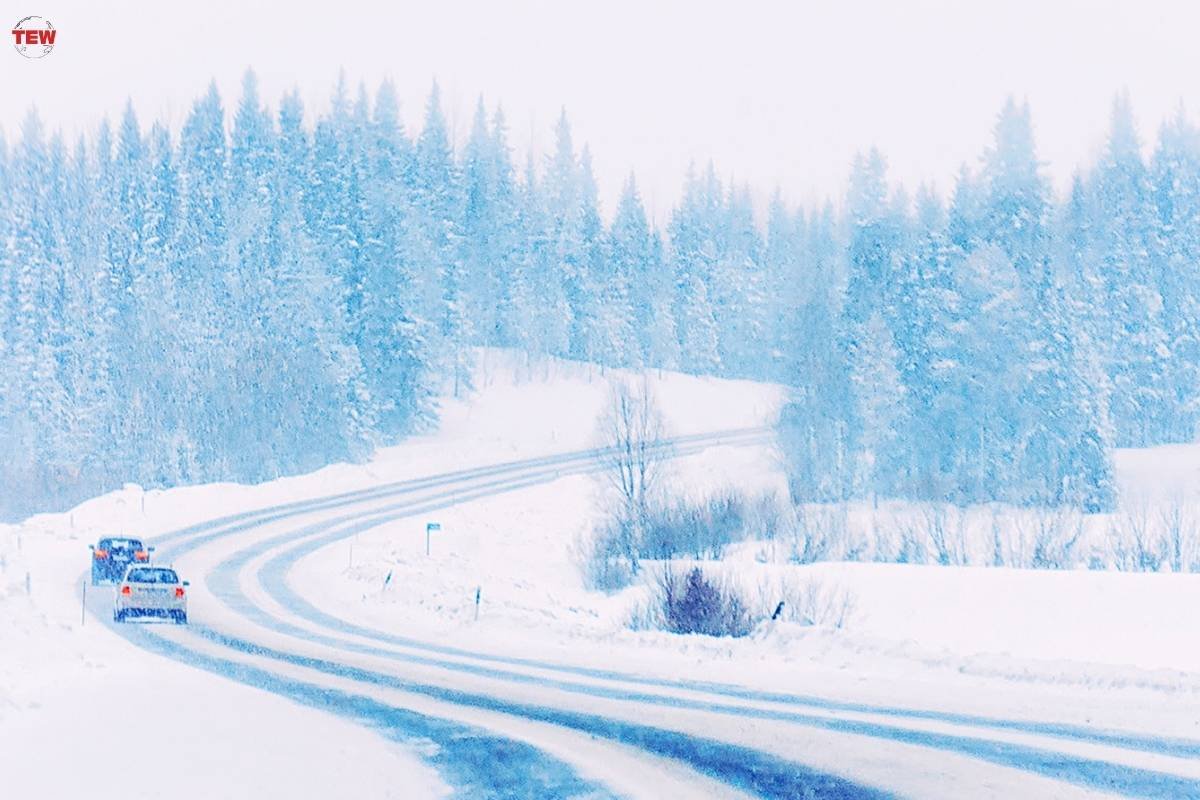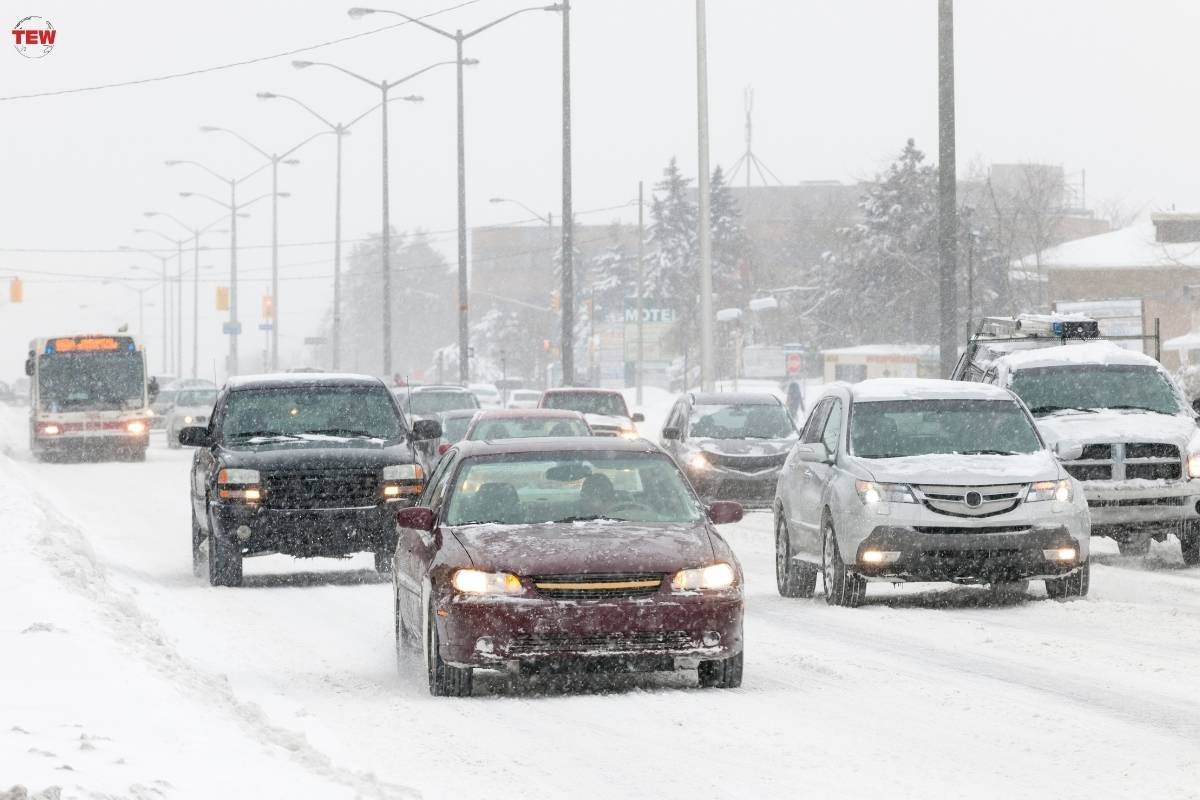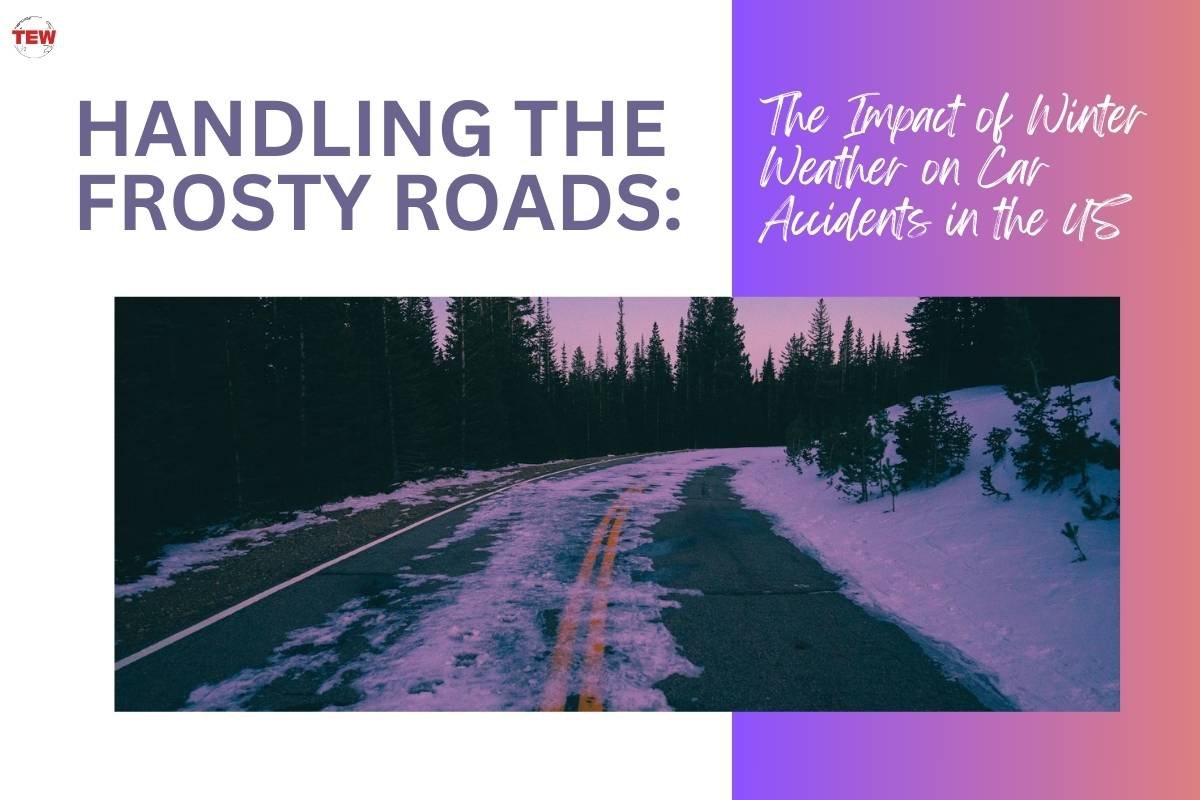Winter in the United States not only transforms landscapes into picturesque scenes but also introduces a set of challenges that significantly impact road safety. As temperatures plummet and the terrain becomes adorned with a blanket of snow, the specter of car accidents in the US looms larger.
This article aims to navigate through the intricate web of factors that contribute to the surge in winter car accidents in the US. It delves into challenges like treacherous icy roads, the hazards presented by snowstorms, and the impact of diminished visibility on road safety.
Statistical Overview: The Winter Spike
To understand the gravity of the situation, let’s explore the statistics provided by the Federal Highway Administration (FHWA).
Over 70 percent of the nation’s roads are located in snowy regions, impacting nearly 70 percent of the U.S. population. Snow and ice significantly reduce pavement friction, causing slower speeds, diminished roadway capacity, and an increased risk of crashes.
On snowy or slushy pavement, arterial speeds plummet by 30 to 40 percent. Similarly, freeway speeds experience a decrease of 3 to 13 percent in light snow and up to 40 percent in heavy snow.
These conditions contribute to 24 percent of weather-related vehicle crashes, resulting in over 1,300 fatalities and more than 116,800 injuries annually. Snowfall or sleet alone leads to nearly 900 fatalities and approximately 76,000 injuries each year.
The impact extends to road maintenance costs, with winter road maintenance comprising about 20 percent of state Department of Transportation budgets. This amounts to a staggering total of over 2.3 billion dollars annually. Additionally, agencies spend millions yearly to repair infrastructure damage caused by snow and ice.
Contributing Factors: Icy Roads, Snowstorms, and Visibility Woes

As we explore the intricacies of winter-related car accidents in the US, a critical aspect lies in understanding the factors that amplify the risk on winter roads.
Icy Roads: The Silent Culprit
Icy roads stand as the silent culprit behind a significant number of winter car accidents in the US, adding a layer of complexity and danger to the driving landscape. As temperatures drop, moisture on road surfaces transforms into ice, creating hazardous conditions for motorists. The reduced traction on icy roads poses a severe challenge, contributing to a spike in accidents.
On January 21, 2024, The New York Times published a report unveiling a grim reality. At least 72 individuals across the United States lost their lives due to weather-related causes. This unfortunate outcome unfolded in the aftermath of more than a week of frigid winter storms and brutally cold temperatures during this year.
Effectively navigating these slippery surfaces demands not only heightened caution but also the adoption of specific strategies by drivers. Adjusting driving speeds and using winter tires are essential in mitigating the risk posed by icy roads during colder months.
Snowstorms: Battling Nature’s Fury
Snowstorms unleash nature’s fury, presenting a formidable challenge for both drivers and communities alike. As these meteorological phenomena blanket regions in a pristine white, they simultaneously bring about a host of hazards that significantly impact road safety.
The sheer volume of snowfall often leads to road closures, impassable routes, and stranded vehicles, creating a complex and dangerous environment. Beyond the immediate inconvenience, snowstorms substantially increase the risk of car accidents in the US. Reduced visibility and compromised road conditions challenge the mettle of even the most seasoned drivers.

Particularly vulnerable to snowstorms are the southeastern states, with January and February marking periods of heightened susceptibility. On January 24, 2023, the Arkansas Democrat-Gazette reported on the impact of a winter wave sweeping across Arkansas. This event brought several inches of snow and marked the coldest temperatures the state had experienced since January 2021.
Another account from KARK news indicated heavy wet snow in the northwest of Arkansas, particularly in the metropolitan area within the Ozark Mountains. Cities like Rogers in this region experience an elevated frequency of car accidents in the US and property damage during winter. Residents in these areas grappling with injuries or property damage are strongly recommended to seek professional guidance from a Rogers personal injury attorney.
Keith Law Group notes that filing insurance claims involves intricate processes that necessitate expert assistance. This ensures individuals can navigate through the complexities of legal procedures and secure the appropriate compensation for their losses.
The increased risk of winter accidents in this region emphasizes the critical need for proactive measures and legal support for the community’s well-being.
Navigating the aftermath of a snowstorm demands concerted efforts from local authorities to clear roads promptly. This provides a stark reminder of the delicate balance between the beauty of winter landscapes and the challenges they pose to safe travel.
Reduced Visibility: Driving into the Unknown
Reduced visibility, akin to driving into the unknown, emerges as a significant hazard during winter travel. Factors such as heavy snowfall, fog, or sleet can obscure the road ahead, creating an environment where drivers must contend with limited sightlines. This diminished visibility not only poses a risk of collisions but also challenges the ability to react swiftly to unexpected obstacles.
A recent report from AccuWeather on January 25, 2024, highlighted meteorologists’ warnings issued days in advance. The warnings pertained to a widespread area of fog causing disruptions to ground and air travel across the central and eastern United States. This foggy expanse resulted from the exchange of winter Arctic air for milder conditions, creating an environment prone to reduced visibility.

Safely navigating these conditions necessitates drivers to exercise heightened caution, employ appropriate lighting systems, and maintain a safe following distance. Recognizing the complexities of reduced visibility is crucial for improving winter road safety. It prompts both drivers and authorities to implement measures that alleviate the inherent dangers associated with driving in challenging conditions.
In conclusion, as winter continues to cast its icy spell, understanding the impact of weather conditions on road safety becomes paramount. By acknowledging contributing factors and regional variations and implementing safety measures, drivers can navigate winter roads more responsibly.
This article serves as a guide, arming readers with the knowledge to make informed decisions. It aims to contribute to a safer winter driving experience for all. Stay safe, stay warm, and drive responsibly.




